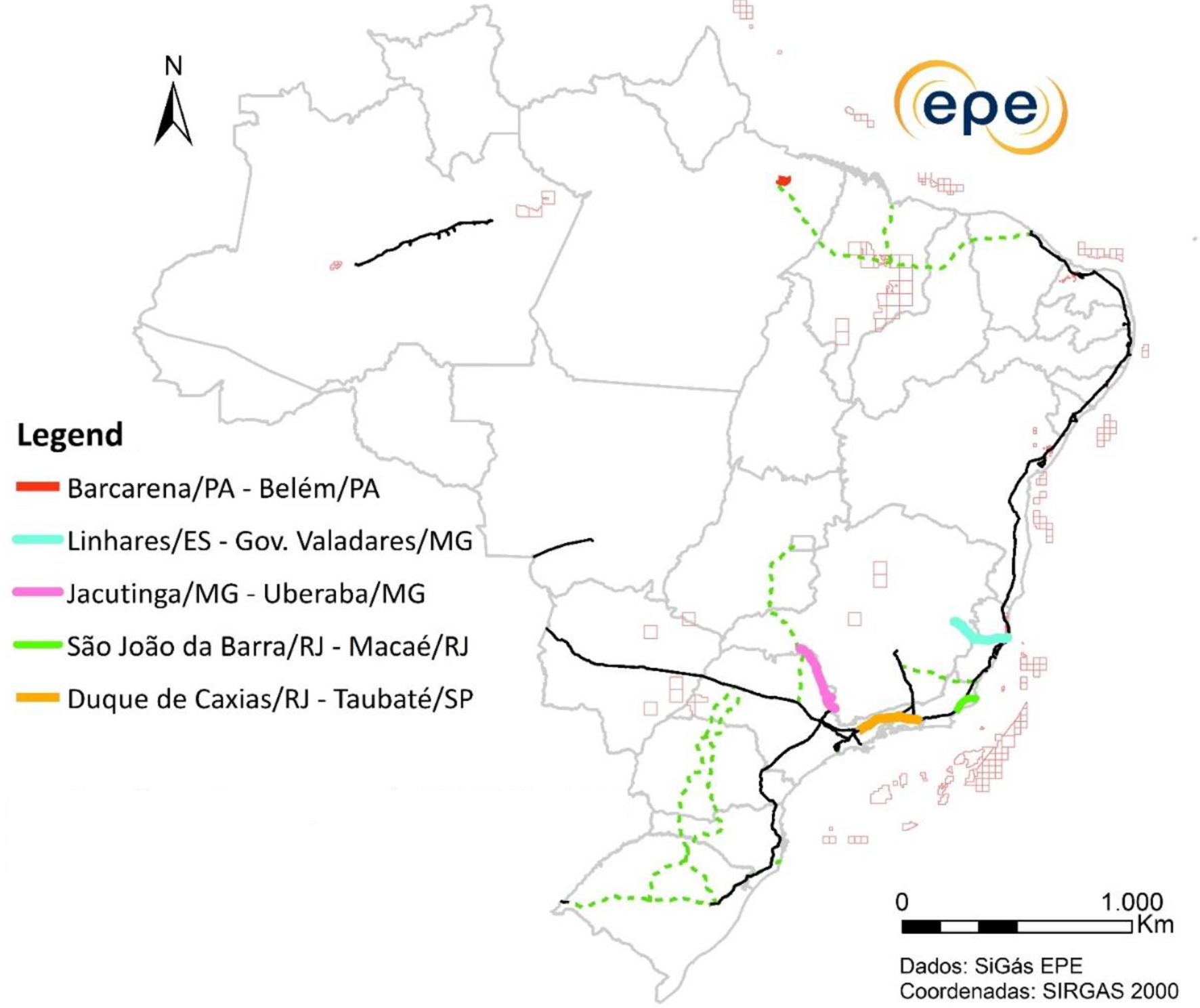March 2023, Vol. 250, No. 3
Features
Spotlight on Brazil: Government Promotes Five New Gas Pipelines
By Mauro Nogarin, P&GJ Correspondent, South America
(P&GJ) — The Energy Research Company (EPE), a division of the Brazilian Ministry of Energy, has published the “Transport Gas Pipeline Plan 2022-2026” (PIG), to serve as a plan for investments in the construction of gas pipelines at a national level.
The document shows $4 billion as investments to finance the construction of five gas pipelines focusing on gas flow from the Sergipe and Alagoas basin, in addition to gas from the pre-salt field.
Additionally, PIG addresses the ongoing bottlenecks occurring toward the northeast and southeast through an expansion of the region’s gas pipeline network.
It is important to point out that among the projects analyzed in the previous PIG 2019 and 2020, different levels of progress can be observed in the procedures that proceed with their construction.
The first project of the Barcarena-Belem Gas Pipeline consists of an infrastructure that will feed the installation of the future Barcarena LNG Terminal currently under construction in the Port of Vila do Conde in the metropolitan region of Belém.
This gas pipeline would supply the capital of the state of Pará (Belém), to meet both the demands generated by the thermoelectric plants and the demands of industries, households and commercial activities.
The gas pipeline spans 31 miles (50 km) and crosses the municipalities of Barcarena, Acará and Belém, starting from the LNG terminal installed in the Port of Vila do Conde.
The 12-inch pipeline will have a capacity of 4 MMscf/d and will not have compression stations.
The Jacutinga-Uberaba gas pipeline is designed to meet the growing demand in the southern part of the state of Minas Gerais and the north of the state of Sao Paulo.
The route is 198 miles (320 km) long, and the branch runs 12.5 miles (20 km), to supply 12 municipalities in the state of Minas Gerais; the 18-inch pipeline will have a capacity of 6 MMscf/d. A separate 16-inch pipeline will run to the state of São Paulo.
The third pipeline starts from the Cacimbas Processing Center, located in the city of Linhares, to transport natural gas to Governador Valadares, the border between the states of Minas Gerais and Espírito Santo. The gas pipeline route runs 198 miles (318 km) and crosses three municipalities in the state of Espírito Santo and six in the state of Minas Gerais.
The capacity of the 20-inch pipeline will be 7 MMscf/d, and there is no need for compressor stations.
The fourth pipeline runs for São João da Barra to Macaé and will connect the Port of Açu with Petrobras’ Cabiúnas Terminal, which would connect its LNG regasification terminal located in Porto do Açu itself.
The 22-inch pipeline will span 62 miles (100 km) and cross five municipalities in the state of Rio de Janeiro and Macaé. It will operate at a pressure of 100 kgf/cm² and a capacity of 10 MMscf/d.
Finally, the 28-inch Duque de Caxias-Taubaté gas pipeline will expand the distribution of gas for the network of the TBG company. It will traverse 183 miles (295 km), crossing 10 municipalities in the state of Rio de Janeiro and 13 municipalities in the state of São Paulo.
The new infrastructure will operate at a pressure of 1,422 psi (100 kgf/cm²) and add to the existing GASCAR gas pipeline, with a capacity of 25 MMscf/d.






Comments